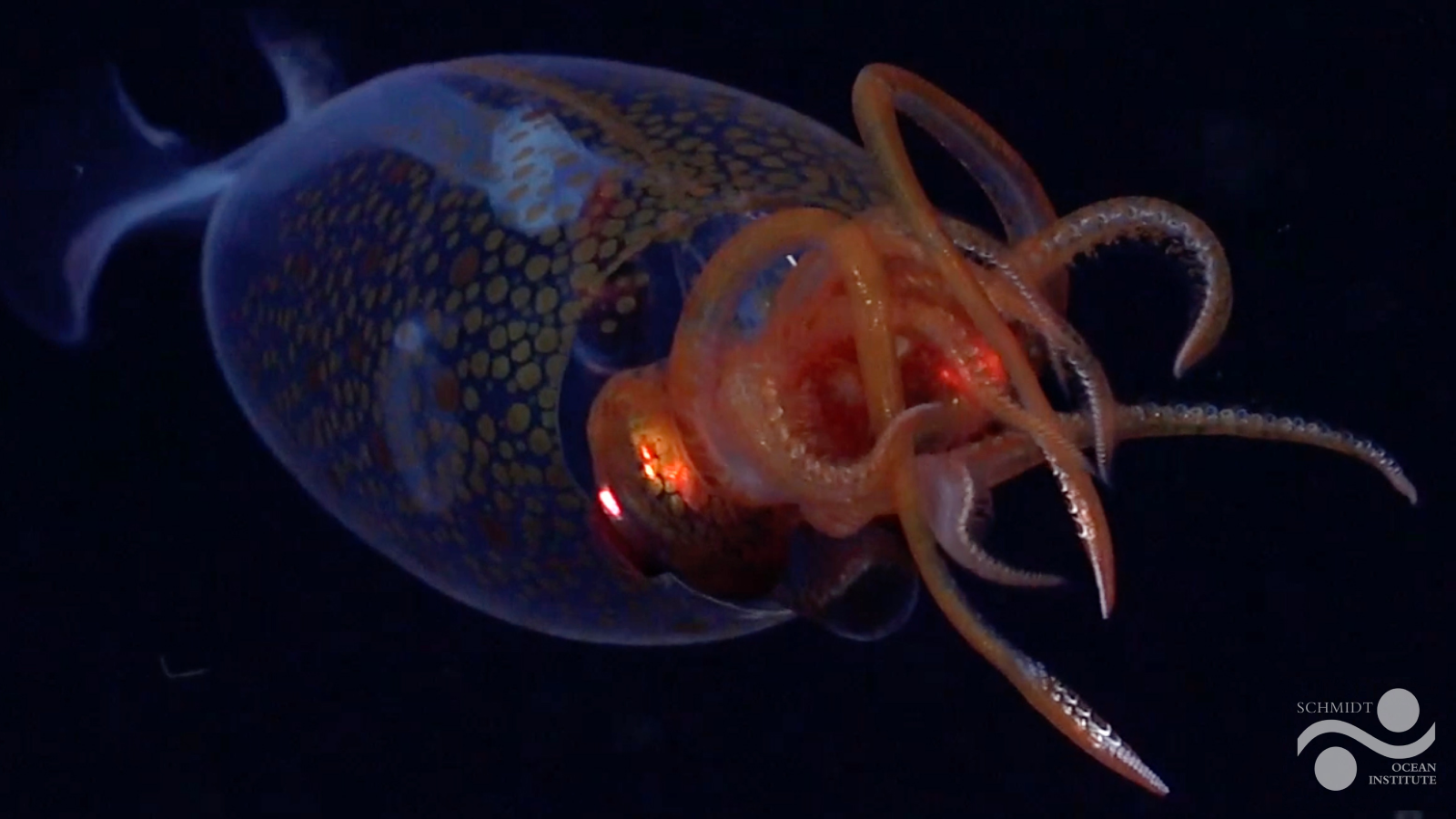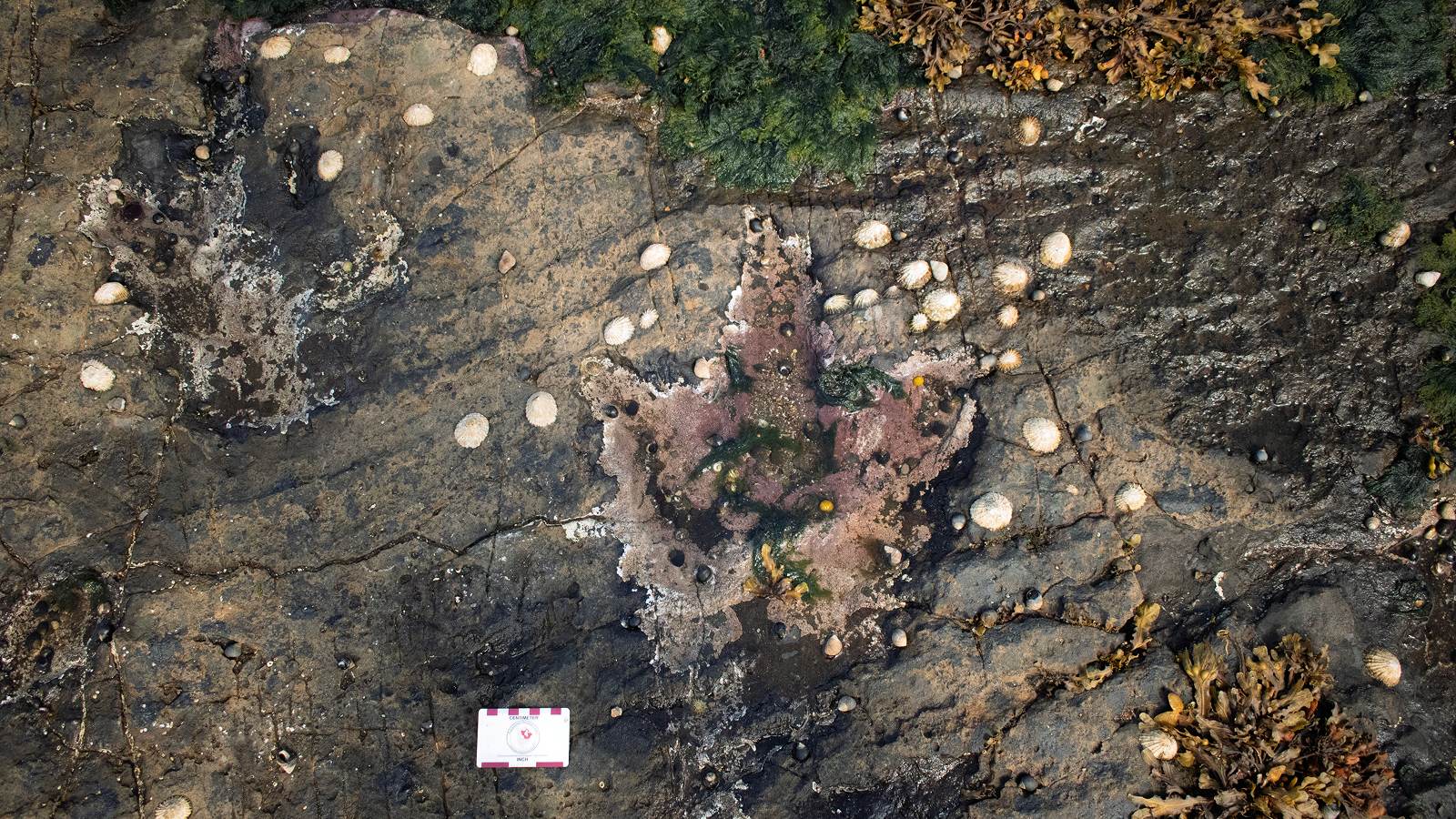Why Are Shark Attacks on the Rise?

Shark attacks have dominated Australian headlines during the past week, with two fatalities occurring just a few days apart in waters near Perth.
Those attacks may not be just a coincidence or bad luck: Shark attacks have been on the rise, with more attacks reported worldwide last year than in any other year on record, according to an annual survey.
The International Shark Attack File (ISAF), a database of shark attacks maintained by the Florida Museum of Natural History (FMNH), includes a yearly summary of so-called "unprovoked attacks" — aggressive interactions initiated by sharks against people in the sharks' habitat, without any prior contact — and tallied 98 such attacks in 2015. The previous record was 88 attacks, which occurred in 2000.
Forty-nine percent of the incidents involved surfers, according to the ISAF. [On the Brink: A Gallery of Wild Sharks]
However, the report noted that the increased number of attacks likely does not indicate that sharks are attacking people more frequently. Rather, human populations are growing, so there are more people swimming, surfing and diving in the ocean.
But concerns about sharks are currently running high in Australia. On June 5, a woman diving near a marina near Perth died after being mauled by a shark, becoming the second person in one week to suffer a fatal shark attack while in Australian waters.
The 60-year-old woman was attacked by a shark (possibly a great white shark) measuring an estimated 16 feet (5 meters), according to the trio of fisherman who tried to help her and who claimed that the shark was "longer than their boat," the Australian Broadcasting Corporation (ABC) reported.
Sign up for the Live Science daily newsletter now
Get the world’s most fascinating discoveries delivered straight to your inbox.
ABC added that the woman was believed to have died before she could be moved to shore.
And on May 31, Ben Gerring, 29, was severely injured when he was bitten by a shark while surfing, also near Perth. Gerring was transported to Royal Perth Hospital and died of his injuries on June 3, ABC reported.
A dramatic photo taken near the location where Gerring was injured showed a surfer riding a wave with a shark visible in the water behind him.
Are reported shark attacks on the rise? Absolutely — that is, if you review the numbers over the decades and not just from year to year, said George H. Burgess, curator of the International Shark Attack File at the FMNH.
"If you go back to 1900 and look at the past 11 decades, each has had more attacks," Burgess told Live Science. "On a decade-to-decade basis, you see the big trends."
However, he cautioned, it's not because sharks have become more aggressive. Rather, throughout the world, there has been a growing human interest in aquatic recreation and an increase in people in the seas, Burgess said. In addition, both sharks and humans prefer the same nearshore ocean zones, thus increasing the likelihood of interactions.
In fact, nearly half as many people died of shark attacks in 2015 (six) compared with 2000, when there were 11 such deaths, the report noted. [8 Weird Facts About Sharks]
Shark numbers declining
But while the number of shark-human interactions may be going up, many shark populations are actually in decline, largely due to overfishing and the current popularity of shark fins as a high-priced luxury item in southeast Asian markets, Burgess said. Sharks are also vulnerable as bycatch — because they follow schools of smaller fish, they are often caught along with their prey, Burgess added.
And once shark populations shrink, they take decades to bounce back, Burgess said. Sharks can take eight to 10 years to reach sexual maturity, and some species aren't ready to reproduce until they're 18 to 20 years old. Females carry their young for about 12 to 18 months and then can't reproduce again for one to three years.
"Once you knock a species down, recovery takes a long, long time," Burgess said.
So why were there more shark attacks in 2015? The increase was likely due to a combination of environmental factors as well as a greater number of people in the water, Burgess told Live Science. [How to Avoid a Shark Attack]
"They're just animals, living in their environment"
When attacks occur close together, as they did recently in Australia, "there's a good reason from a biological point of view," Burgess said. During the summer of 2015, there were seven shark attacks along the North Carolina coast in three weeks. Burgess explained that warmer-than-average ocean temperatures, an earlier spring and an abundance of bait fish in the water were likely factors that meant more sharks were in those U.S. waters at the same time as people, thus increasing the risk of an attack.
But when it comes to pinpointing the environmental conditions that attract sharks to beach areas, scientists don't always know what they are, Burgess said. "Sometimes, we can look back and see them, but sometimes, they're more subtle things, like an upwelling pushing more nutrients closer to shore." However, Burgess added, the one factor that humans can control is our own presence in the oceans — which sharks call home. And although attacks can have tragic outcomes, demonizing sharks and hunting them down after an attack is not the answer, he said.
"They're just animals living in their environment — we're the invaders," he told Live Science. "We need to understand that as ecotourists. If you know there will be more sharks in the waters because of environmental effects, it's incumbent on us to reduce the risk by avoiding certain areas," Burgess said.
Original article on Live Science.

Mindy Weisberger is an editor at Scholastic and a former Live Science channel editor and senior writer. She has reported on general science, covering climate change, paleontology, biology and space. Mindy studied film at Columbia University; prior to Live Science she produced, wrote and directed media for the American Museum of Natural History in New York City. Her videos about dinosaurs, astrophysics, biodiversity and evolution appear in museums and science centers worldwide, earning awards such as the CINE Golden Eagle and the Communicator Award of Excellence. Her writing has also appeared in Scientific American, The Washington Post and How It Works Magazine. Her book "Rise of the Zombie Bugs: The Surprising Science of Parasitic Mind Control" will be published in spring 2025 by Johns Hopkins University Press.









